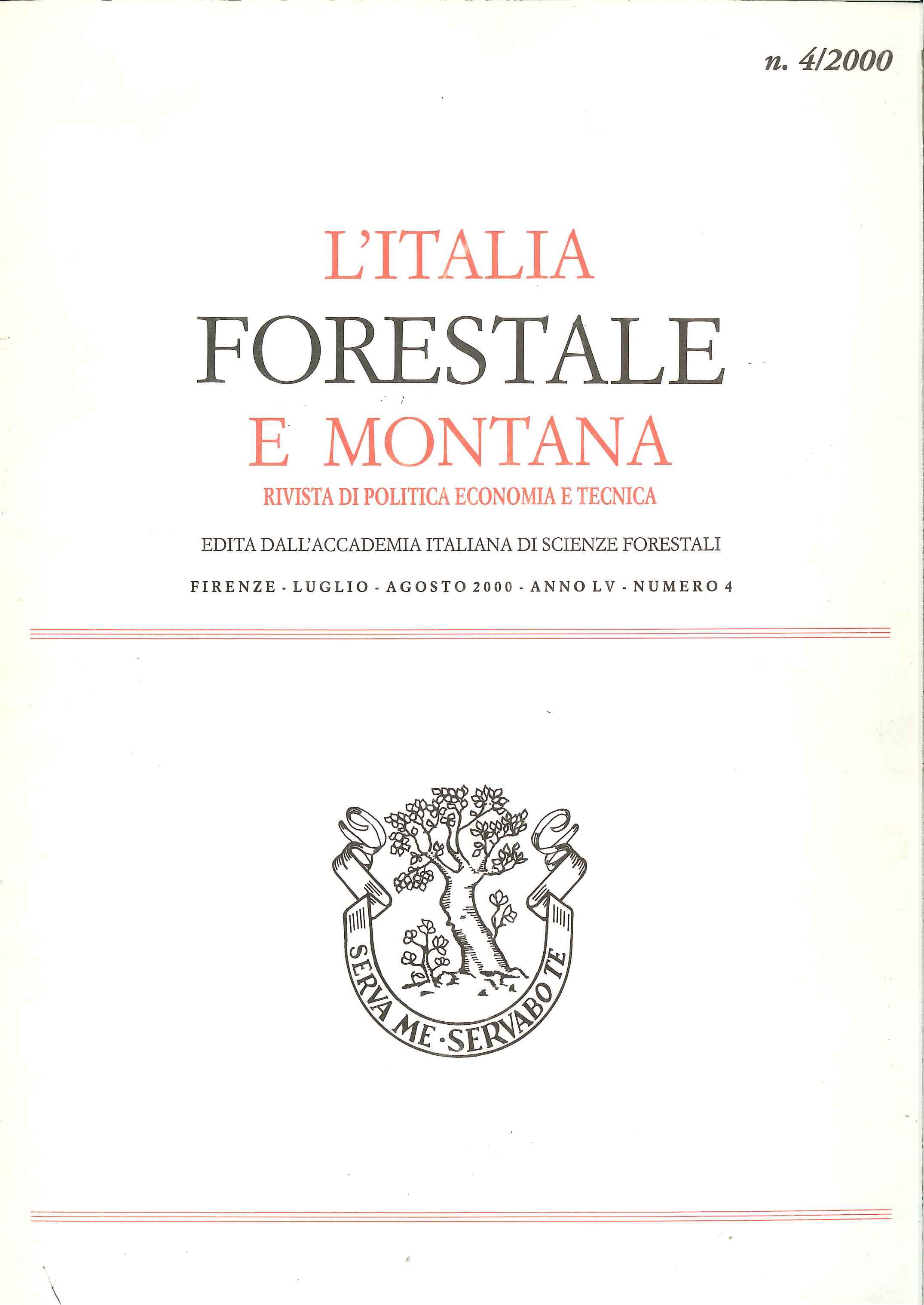Experience of restoration of agricultural land in the Po valley using woody crop plantations
Published 2013-06-25
Copyright (c) 2013 Italian Journal of Forest and Mountain Environments

This work is licensed under a Creative Commons Attribution-NonCommercial 4.0 International License.
Abstract
European Union measures (reg. 2080/92) foresee a large amount of land will be withdrawn from agriculture. The planned utilizations of this land surface include also afforestation and plantation of woody crops for biomass and timber production using fast growing species of the Salicaceae family. The choice of native species could also reduce the agricultural practices and the use of chemicals thanks to the adaptability of different genotypes. The first phase of this work consider woody crop plantation for the restoration of agricultural land. We established sample plots to study the growth and responses to biotic and abiotic stresses of mixed species plantations (Populus alba, Carpinus betulus, Alnus glutinosa, Robinia pseudoacacia). Also, we report on a poplar clonal trial established in order to evaluate in a short rotation culture the adaptability of some poplar species and hybrids towards the main biotic stresses. Some preliminary results are discussed on the growth and resistance or susceptibility to some pathogens (Melampsora spp., Marsonnina brunnea, Venturia populina) and insects (Paranthrene tabaniformis,' Melasoma populi).

